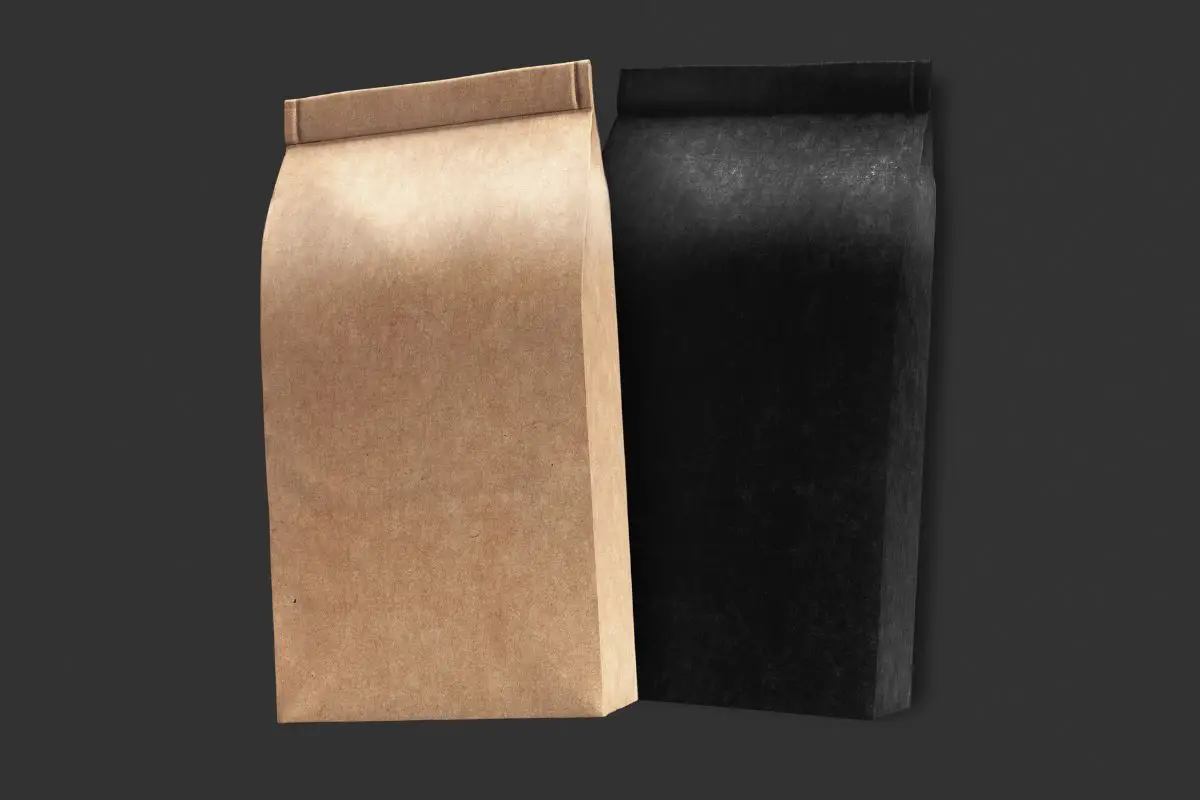If you’ve ever purchased coffee from a local roaster or specialty coffee shop, you may have noticed that the standard package size for whole bean coffee is often 12 ounces (340 grams). Have you ever wondered why this particular size became the norm? In this article, we will delve into the reasons behind the prevalence of 12oz bags in the coffee industry and explore the factors that have contributed to its popularity.

Historical Context:
To understand the origin of the 12oz bag size, we need to delve into the historical context of the coffee industry. Traditionally, coffee was sold by weight in bulk bins or sacks, allowing customers to purchase the desired quantity. However, as coffee became more commercialized and packaged for retail sale, standardized packaging sizes emerged.
Factors Influencing the 12oz Bag Size
1. Consumer Preferences
The 12oz bag size aligns well with the preferences and consumption habits of the average coffee consumer. It offers a sufficient quantity of coffee to last for a reasonable duration, allowing individuals to enjoy a fresh and flavorful brew without excessive waste. Additionally, the 12oz size strikes a balance between offering a substantial amount of coffee and maintaining an affordable price point for many consumers.
2. Shelf Life and Freshness
Coffee is a perishable product that can deteriorate over time if not stored properly. Packaging coffee in smaller quantities, such as 12oz bags, helps to maintain freshness. By purchasing smaller amounts at a time, consumers can ensure that they consume the coffee within a reasonable period, optimizing the flavor and quality of their brews.
3. Roast-to-Order Practices
Many specialty coffee roasters embrace the concept of roast-to-order, meaning they roast coffee beans shortly before packaging and shipping them to customers. Roasting coffee on-demand allows roasters to ensure maximum freshness and flavor. The 12oz bag size aligns well with this approach, as it allows roasters to package freshly roasted beans in quantities that are suitable for immediate consumption, minimizing the risk of the coffee losing its optimal flavor profile.
4. Shipping and Distribution
The 12oz bag size also takes into consideration logistical aspects of the coffee industry. It strikes a balance between an adequate quantity of coffee and manageable packaging size for shipping and distribution. The weight and dimensions of a 12oz bag make it cost-effective and efficient to transport, both for coffee roasters and retailers.
5. Standardization and Industry Practices
Over time, the 12oz bag size has become widely adopted and accepted as the standard in the coffee industry. This standardization allows for consistency and ease of comparison among different coffee brands and offerings. Consumers have come to expect the 12oz bag as a common packaging size when purchasing whole bean coffee.
Conclusion
The prevalence of 12oz bags in the coffee industry is a result of various factors, including consumer preferences, shelf life considerations, roast-to-order practices, shipping logistics, and standardization within the industry. This packaging size strikes a balance between offering an adequate quantity of coffee for the average consumer’s needs and maintaining freshness and quality. So, the next time you pick up a 12oz bag of coffee, you’ll have a better understanding of why it has become the norm in the coffee world.
Related article: